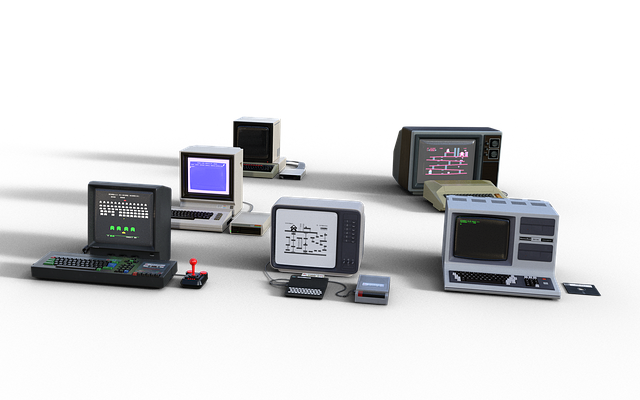Video Game History

For decades, video games have been the go-to for people who are looking for entertainment, relaxation, and socialization, among other things. It has a rich history spanning decades, starting from large computers to portable hand-held consoles.
In this article, I’ll share some of the most crucial points in the history of video games. It’s a long run, but I’ll focus on the most significant happenings.
The Early Days
Believe it or not, video games were born in laboratories!
They were initially a part of the research of scientists. The first video game was tic-tac-toe. It began as a research project of a British professor in 1952.
Meanwhile, the second video game was Tennis for Two. This was first played on a large analogue computer in 1958.
More so, Spacewar came to life in 1962. It was the first of its kind to be playable on multiple computers.
Dawn of the Home Console
From large computers in universities and laboratories, video games had another evolution. Consequently, home consoles became the next big thing. Here’s a quick rundown of the consoles through the years:
- 1967: The Brown Box— a prototype of a multi-player and multi-program game one can play on television.
- 1972: Magnavox Odyssey— The Brown Box prototype became a reality and was licensed by Magnavox for commercial release.
- 1975: Pong— a home version of an arcade game with the same name initially introduced in 1972.
- 1977: Atari 2600— a home console with interchangeable cartridges and a joystick.
The Video Game Crash
The early years of video games were notable. Nonetheless, the journey was a rough one. 1n 1983, the video game industry in North America crashed. Hence, the market declined, and the developments slowed down.
Several factors contributed to the video game crash in 1983, including the following:
- Over-saturation: Too many options can be a bad thing. Hence, the saturation of the video game market led to its decline. There was confusion among average consumers.
- Low Quality: Developers were rushing to introduce games and consoles. Further, many were prioritizing quantity over quality. Hence, a lot had negative experiences. Pac-Man and E.T. were some games with unfavourable reception during the crash.
- Weak Profits: The income of video game companies declined over time. Profit margins were lower than expectations. In addition, interest was going down.
The First Console War
While the crash took several years, it was temporary. In the following years, the video game industry saw more global developments. Consoles became the next big thing.
The beginning of the war was the introduction of the 16-bit Genesis console by Sega. Its technological superiority made it a strong force in a competitive market.
More so, the 16-bit NES console by Nintendo found its way to North America in 1991. It was the start of the console war. Both Sega and Nintendo developed a variety of games for their consoles.
Violence was a major theme in games during those years. As such, the Video Game Rating Council began in 1993. Eventually, it became the Entertainment Software Rating Board. It was responsible for rating games depending on content.
The Rise of 3D Gaming
The continuous developments in computer technology gave birth to 3D gaming. Sega released the Saturn system in 1995. It was a 32-bit console that uses CDs instead of cartridges. The following year, the Nintendo 64 was born.
Virtua Fighter and Super Mario were introduced. They were among the first 3D games from Sega and Nintendo. Despite such, Sony had market dominance. The company’s strong third-party support was highly influential in its performance.
Modern Age of Gaming
Today, video games are more advanced. High-definition gaming is available on different platforms. Most importantly, you can play anytime and anywhere through your smartphone. Games are more accessible and affordable. Devices like 3D glasses are also standard.

